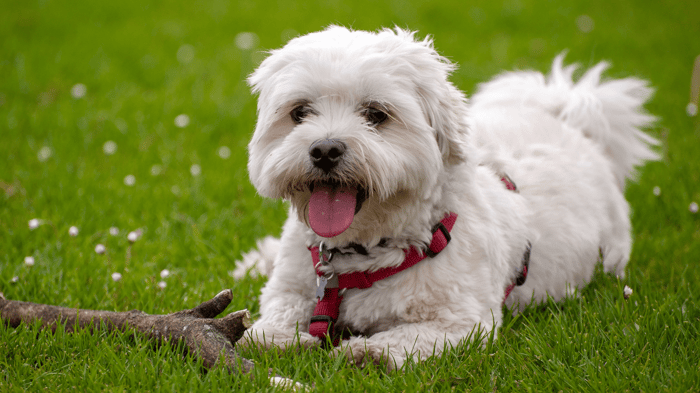They’re small enough to fit in a purse, yet somehow fill the whole room. A toy breed puppy has a way of stealing hearts—and running households. But behind those sparkly eyes and dainty paws? A world that feels very big, very loud, and very fast.
It’s easy to think their size means they need sheltering. Maybe you’ve caught yourself saying, “She’s too little for that park,” or “He gets scared so easily, I’ll just carry him.” Totally fair. You’re not wrong for wanting to protect your pup from harm. In fact, that’s part of what makes you so devoted.
But here’s the thing: being tiny doesn’t mean they don’t need the same social tools as bigger dogs. If anything, they need them more. Early socialization isn’t just about meeting a few friendly dogs or hearing the vacuum cleaner. It’s about shaping how your puppy sees the world—safe or scary, exciting or overwhelming, something to explore… or something to hide from.
And that mindset? It doesn’t just affect how they act at the dog park. It touches everything—from grooming to vet visits, travel to training, and even how well they sleep through the night.
This guide is your roadmap. We’ll cover what to do, what to skip, and how to set your toy dog up for a lifetime of calm, curious confidence. No fluff. Just the real stuff that works.
Ready to raise a brave little pup who’s sure of themselves no matter how big the world feels?
Let’s begin.
Tiny Frames, Giant Needs: Understanding Toy Puppy Psychology
They may strut around like they own the sidewalk, but toy breeds live in a world built for giants. That gap between appearance and reality? It shapes nearly everything about how they see, react to, and cope with their environment.
Toy dogs aren’t just small versions of big dogs. They’re wired differently. Their nervous systems are often more sensitive—more tuned in, more reactive, more “on alert.” A slammed door, a stranger’s laugh, a backpack brushing by at the café... It’s not drama. It’s survival.
Their bodies don’t help, either. A playful pounce from a 50-pound Labrador might be a friendly hello to one dog—but a trip to the ER for a toy poodle. It’s no wonder they get carried everywhere. Elevators, staircases, toddlers, off-leash dogs—every corner hides a potential threat. But here’s the twist:
The more they’re carried, the less they learn.
Being tucked under an arm or zipped into a bag keeps them physically safe—but it also cuts off their ability to explore, assess, and adapt. Over time, that constant shielding can backfire.
What might that look like?
- Clinginess that feels sweet—until it turns into separation anxiety.
- Barking at every noise—because they never learned what’s harmless.
- Panic at the vet—because they’ve never been handled by strangers.
The root? A deep need to feel secure in a world that feels unpredictable.
That’s why socialization for toy breeds isn’t optional—it’s essential. And it must be tailored. Start with ground-level training, not just arm-level cuddles. Think small: textured mats, gradual exposure to noise, and gentle, controlled meetups. Even tools like a tiny training collar for small dogs or the best small shock collar with vibration-only settings can help introduce boundaries without fear—when used responsibly and kindly.
In their eyes, the world is huge. But with your help, it can feel like home.
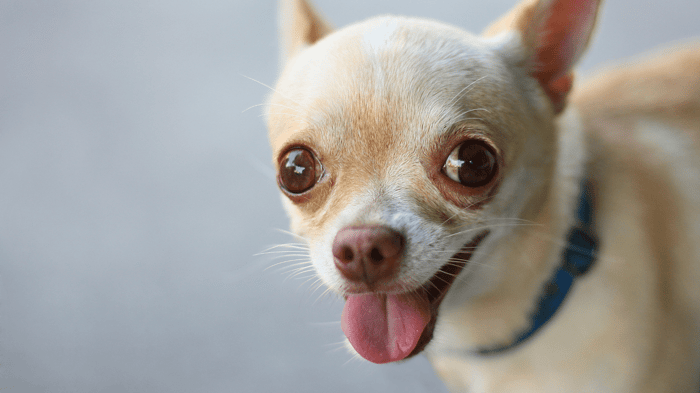
Confidence Is Learned: The Social Window That Shapes Everything
There’s a window. Not a metaphorical one—a biological one. It quietly opens around week 3 of your puppy’s life and starts to close around week 14. During those few short weeks, your puppy’s brain is in sponge mode, soaking up everything it encounters and filing it into one of two mental folders: safe or scary.
This is the socialization sweet spot. The golden hour of canine development. And for toy breeds—who live closer to the floor, closer to the action, and often closer to danger—it’s the single most important stretch of their early life.
Why?
Because when you're the size of a loaf of bread, everything seems exaggerated. A toddler’s squeal isn’t cute—it’s an explosion. The rumble of a garbage truck isn’t background noise—it’s the end of the world. If a toy puppy isn’t gradually introduced to these stimuli while their brain is still open to curiosity, not fear, they may forever label them as threats. That creates long-term anxiety that can show up as barking, hiding, snapping, or freezing in unfamiliar situations.
That’s where you come in. Proper socialization during this critical window doesn’t mean throwing your puppy into a crowded dog park or blasting music. It means building a layered, positive bank of experiences like:
- Meeting calm people of all ages (babies to seniors).
- Exploring different textures—carpet, tile, grass, gravel, metal grates.
- Hearing the world—doorbells, keys, hair dryers, scooters, blenders.
- Being gently handled by multiple people in various settings.
- Experiencing motion—car rides, strollers, elevators, swings, ramps.
Missed the window? Don’t panic. Your puppy isn’t a lost cause.
While the most rapid learning happens early, neuroplasticity—the brain’s ability to form new connections—remains strong for months. Even beyond six months, toy dogs can still build confidence through thoughtful exposure, patient repetition, and rewarding calm responses.
Think of it like learning a second language. Easier as a toddler, yes—but absolutely doable later, with consistent, mindful practice. If you're behind, don’t freeze—just begin. A confident toy breed isn’t born—it’s built. One gentle moment at a time.
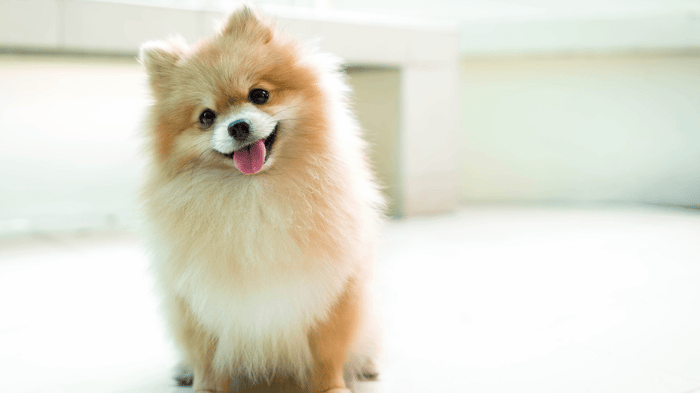
Bubble Wrap Won’t Help: Avoid These Toy Dog Socialization Traps
They’re tiny, precious, and frankly, a little fragile. It’s natural to want to protect your toy breed pup from every bump, bark, and breeze. But shielding them from the world can quietly teach them that the world is something to fear.
And that’s where behavior problems start.
Overprotection doesn’t look like a mistake when it’s happening. It looks like love. But the long-term trade-off is a pup who barks at guests, trembles at the vet, and panics when left alone.
Here are the most common socialization traps toy dog owners fall into—and better ways forward:
Mistake: Carrying them everywhere.
It feels safer, but it limits their independence.
→ Instead: Let them walk on soft grass or explore pet-safe indoor spaces. Walking builds courage—one paw at a time.
Mistake: Avoiding big dogs entirely.
Not all large dogs are threats. Avoidance teaches your pup that they all are.
→ Instead: Arrange calm introductions with trusted, well-behaved larger dogs. Use leashes, barriers, or even gentle guidance with a tiny training collar for small dogs to keep things structured.
Mistake: Skipping outings due to fear of germs or injury.
Isolation feels safe but stunts social growth.
→ Instead: Try puppy strollers or backpack carriers for safe observation in public spaces.
Mistake: Assuming a shy puppy will “grow out of it.”
Most don’t. Fear grows in silence.
→ Instead: Shyness is a cue to go slower—not to stop. Keep exposures positive and brief.
Mistake: Flooding—too much, too fast.
One overwhelming day at a dog park can undo weeks of progress.
→ Instead: Watch for subtle stress signs—yawning, lip licking, freezing. Stop before panic sets in.
You don’t need to push them hard. You just need to guide them gently. The best socialization feels like a series of tiny wins. And that’s exactly what builds a calm, confident pup.
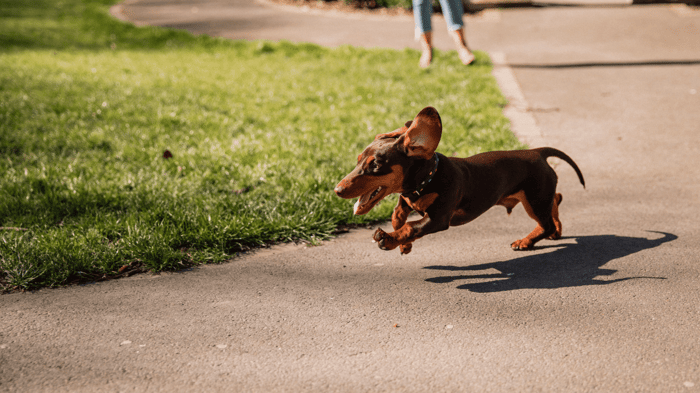
The Confidence Calendar: What to Introduce and When
Confidence isn’t built in a day—it’s layered like a quilt. Each new experience adds another square until your toy breed puppy feels warm, safe, and ready for the world. But timing matters. Introduce the wrong thing too soon, or miss a key moment, and you risk shaping fear instead of bravery.
Here’s a simple timeline to guide your puppy’s early social development—no guesswork, just progress.
1. Weeks 3–8: The Foundation (Breeder’s Role)
At this stage, your pup is still with the breeder or rescue. But this is where the tone of their future confidence begins.
- Gentle human handling: cradling, touching ears and paws
- Exposure to household sounds: TV, vacuum, phone rings
- Littermate interaction teaches bite control and basic dog manners
2. Weeks 8–10: Safe at Home
Your puppy just moved in. Now’s the time for bonding and low-stress discovery.
- Introduce your home gradually—room by room
- Startle recovery games: drop a spoon, reward when pup checks it out
- Fit a harness or tiny training collar for small dogs with vibration mode (no static)—it teaches body awareness, not fear
3. Weeks 10–12: Peeking Outward
This is the start of safe, passive observation.
- Puppy stroller or sling in public places
- Calm people of various ages and appearances
- Background noises like vacuum cleaners, scooters, and sirens
- Brief solo time in another room—builds independence
4. Weeks 12–14: Gentle Engagement
Your pup is ready for more interaction.
- Begin puppy social classes (size-matched)
- Short, positive leash walks
- Friendly dog greetings—one-on-one, not dog parks
- Vet and grooming practice: clippers, toothbrush, handling
5. Weeks 14–16+: Resilience Training
Now it’s about variety and recovery.
- Expose to umbrellas, balloons, wheelchairs, skateboards, different surfaces
- Let them explore soft sand, puddles, or shallow snow
- Watch how they bounce back from surprises—and reward it
Always: Celebrate curiosity. Use treats, toys, and praise generously. Keep sessions short. Over time, you’ll see a pup who faces life with their chin up and their tail relaxed. That’s confidence earned—and that’s what lasts.
Small Dog, Big Heart: Safe Ways to Explore the World
You don’t have to choose between safety and socialization. With toy breeds, the goal is to strike a balance: let them experience the world, but on their terms. That means thoughtful exposure, bite-sized adventures, and tools that protect without isolating.
Here’s how to help your tiny pup build courage—without putting them in harm’s way:
Gear up with intention.
Tiny necks are delicate, so skip flat collars for walks. Opt for a secure harness that distributes pressure evenly. For training moments, a tiny training collar for small dogs with a beep or vibration-only mode can be a lifesaver—just enough to redirect, never punish.
Observe before participating.
- Your puppy doesn’t need to jump into the chaos to learn from it.
- Backpack carriers and slings let them watch without being overwhelmed
- Great for busy sidewalks, markets, or waiting rooms
Curate their guest list.
Choose your pup’s first dog friends with care:
- Invite calm, well-mannered dogs into your home
- Stick to one-on-one or very small group meetups—no dog parks
- Keep leashes on and distractions low at first
Keep sessions short.
Socialization is like working out a muscle—it builds over time.
- Aim for 10-15 minutes at a time
- Look for curiosity, not exhaustion
- End with a treat, toy, or game to lock in a good association
Prep them at home.
Confidence starts in the living room.
- Handle their paws, ears, and tail daily
- Introduce tools: a soft brush, nail grinder, toothbrush
- Practice “fake vet exams” to reduce stress at real ones
Learn their language.
When a toy breed is stressed, it’s subtle.
Watch for:
- Yawning when they’re not tired
- Lip licking
- Freezing or whale eye (visible white around the eye)
See those signs? Pause. Offer comfort. Try again tomorrow.
Your tiny dog doesn’t need a tough shell. They need steady guidance, thoughtful exposure, and a world that unfolds at their pace.
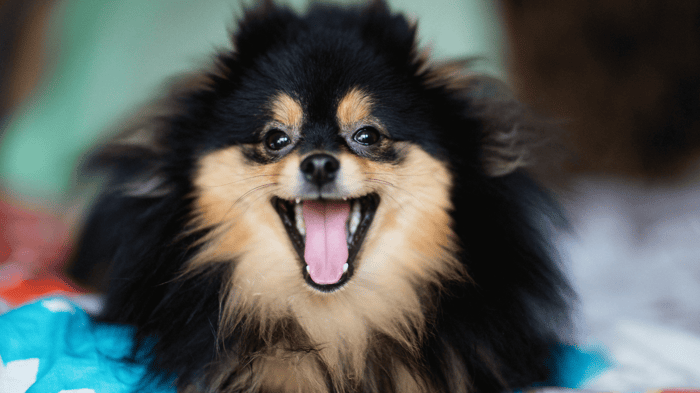
It Doesn’t Stop Here: Socialization Is a Lifelong Skill
Think of socialization like brushing teeth—it only works if you keep doing it.
Confidence isn’t something your toy breed “gets” once and never loses. It’s a skill that needs practice, refreshers, and real-life applications. Skip too many outings, and even the boldest pup can get rusty.
Here’s how to keep that social muscle strong:
- Mix up the routine. Try new walking routes, visit a different park, or explore a quiet café patio with your pup in a sling. Variety keeps the world familiar.
- Keep seeing friendly faces. Regular visits to friends, family, groomers, or even the vet (just to say hi) help maintain their “people skills.”
- Watch out for the teenage dip. Between 6–12 months, dogs can go through a regression—like a moody teen. Stay consistent, and don’t take it personally.
- Age isn’t a limit. Older dogs can still build confidence with gentle, structured exposure. It’s never “too late” to show them the world’s not so scary.
- Think of the bigger picture. A socially fluent dog travels better, handles emergencies calmly, and transitions through life changes more smoothly.
Social dogs don’t just “behave better”—they cope better. And that resilience? It’s the real goal.
The Brave Little Heart You’re Helping Grow
You’re not spoiling your tiny pup by showing them the world—you’re teaching them how to live in it. Every soft step, every small success, builds a braver heart. With steady love and smart guidance, your little dog won’t just survive the big world. They’ll meet it nose-first, tail up.

